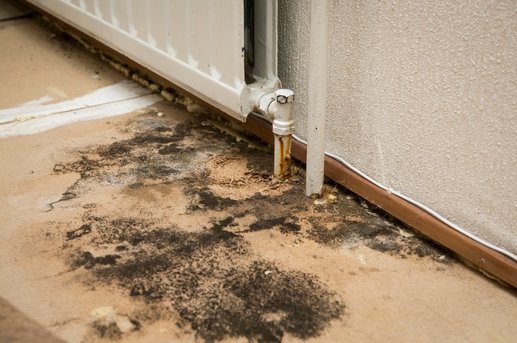Overview of Long Island Mold Removal:
January 10, 2025
Long Island Mold Removal specializes in providing mold removal and remediation services, as well as mold testing and air duct cleaning. These services are vital for maintaining healthy indoor air quality, ensuring that buildings are safe from the risks associated with mold and mildew. The company is based in Nassau & Suffolk Counties, serving Long Island, New York.  Mold Removal Key Aspects:
Mold Removal Best Practices:
Mold Testing Key Aspects:
Mold Testing Best Practices:
Mold Remediation on Long Island Key Aspects:
Mold Remediation Challenges on Long Island:
Mold Remediation Best Practices:
Long Island Mold Removal: Key Solutions for Local ChallengesLong Island presents some unique challenges for mold removal and remediation due to the area’s climate, aging infrastructure, and dense population. Let’s explore these in more detail. 1. High Humidity: Solution: 2. Aging Infrastructure: Solution: 3. Flooding and Storm Damage: Solution: The Role of Air Duct Cleaning in Mold PreventionAir ducts are often overlooked, but they can harbor mold spores, dust, and other allergens. Since air ducts circulate the air throughout the home or office, they are an essential component in preventing mold buildup. Key Aspects:
Air Duct Cleaning Best Practices:
ConclusionThe work done by Long Island Mold Removal is crucial in maintaining healthy, safe living and working environments. Mold is not just a cosmetic issue—it’s a significant health concern that requires expert intervention. By offering services such as mold testing, removal, remediation, and air duct cleaning, the company provides comprehensive solutions to mold-related problems, particularly in an area like Long Island, where humidity, weather, and older homes contribute to higher mold risks. Whether you need mold testing in a commercial building, remediation in a residential property, or air duct cleaning to improve indoor air quality, Long Island Mold Removal provides reliable, expert services to ensure your property remains safe from mold and mildew. |
|